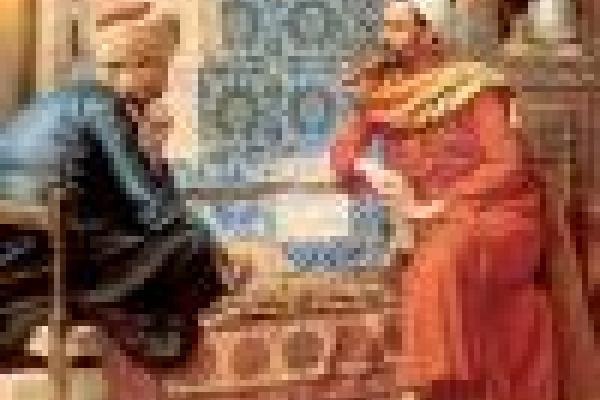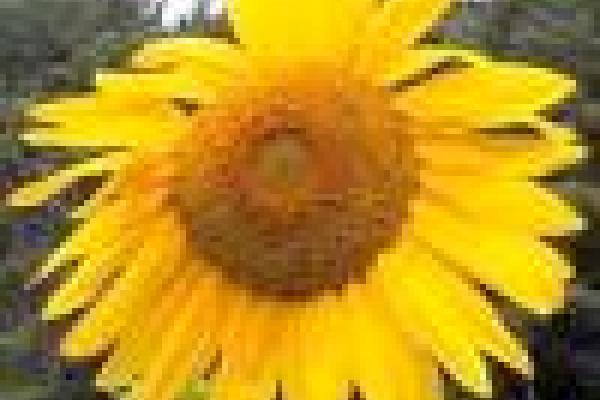Article
Article

Outer space: Wagons Roll
The concept of a speed limit seems a simple one - until you think what can happen when a speed camera clocks a rotating wheel...
Article

The music of the primes
Following on from his article 'The prime number lottery' in last issue of Plus, Marcus du Sautoy continues his exploration of the greatest unsolved problem of mathematics: The Riemann Hypothesis.
Article

Making the grade: Part II
Calculus is a collection of tools, such as differentiation and integration, for solving problems in mathematics which involve "rates of change" and "areas". In the second of two articles aimed specially at students meeting calculus for the first time, Chris Sangwin tells us how to move on from first principles to differentiation as we know and love it!
Article

Practice makes perfect
In 1997 Garry Kasparov, then World Champion, lost an entire chess match to the IBM supercomputer Deep Blue, and it is only a matter of time before the machines become absolutely unbeatable. But the human brain, as Lewis Dartnell explains, is still able to put up a good fight by exploiting computers' weaknesses.
Article

Pools of blood
A biologist has developed a blood test for detecting a certain minor abnormality in infants. Obviously if you have blood samples from 100 children, you could find out which children are affected by running 100 separate tests. But mathematicians are never satisfied by the obvious answer. Keith Ball uses information theory to explain how to cut down the number of tests significantly, by
pooling samples of blood.
Article
Editorial
- What is maths for? - What do we hope people will know after studying maths at school?
- New Plus posters! - Find out how you can get hold of your own copy of our brilliant new poster!
- Specially for students - This issue of Plus brings you the first of an occasional series expecially for use in the classroom.
Article
Article
Outer space: Rugby and Relativity
Human beings are famously prone to error, and proof-readers are, after all, only human. But who picks up the errors a proof-reader misses? John D. Barrow challenges readers to estimate the errors that aren't found from the errors that are.
Article

The prime number lottery
Marcus du Sautoy begins a two part exploration of the greatest unsolved problem of mathematics: The Riemann Hypothesis. In the first part, we find out how the German mathematician Gauss, aged only 15, discovered the dice that Nature used to chose the primes.
Article

Making the grade
Calculus is a collection of tools, such as differentiation and integration, for solving problems in mathematics which involve "rates of change" and "areas". In the first of two articles aimed specially at students meeting calculus for the first time, Chris Sangwin tells us about these tools - without doubt, the some of the most important in all of mathematics.
Article

Imaging maths - Unfolding polyhedra
Not only are paper models of geometric shapes beautiful and intriguing, but they also allow us to visualise and understand some important geometric constructions. Konrad Polthier tells us about the gentle art of paper folding.